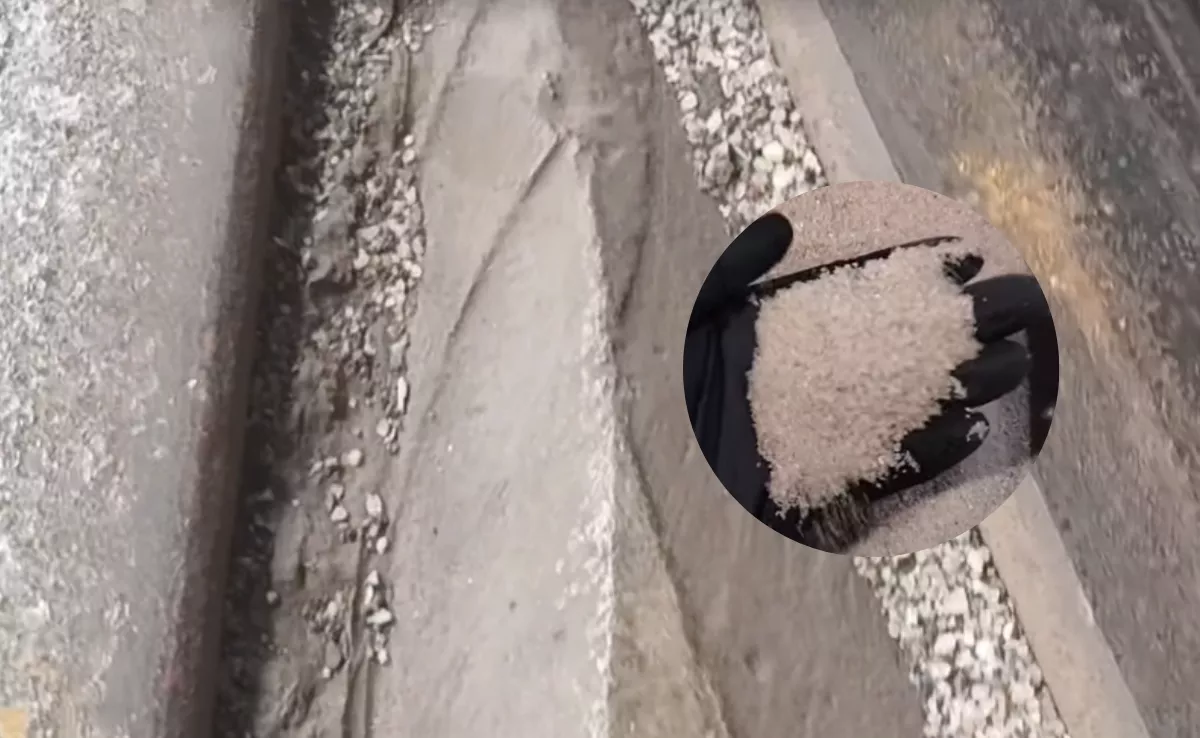
Despite the announcement made last week by the president of Tenerife, Rosa Dávila, regarding the complete elimination of the carcinogenic agent that the tram workers were exposed to, the reality is that silica sand has not yet been completely removed.
Both the tracks and the depots still contain remnants of the substance, in addition to which the company forgot to replace the substance in one of the maintenance vehicles. Workers have shared two videos on their social media showing that silica sand is still present at their workplaces, despite a report from the company ISR certifying its complete removal.
One of those videos shows how the substance remains on the tram tracks and in certain areas along the route.
Visible remains
This occurs despite the report on the removal of the agent concluding that “we verify and can certify that all spaces and corresponding surfaces subject to inspection by ISR are free of silica dust”. The company maintains that the tram tracks have been “cleaned and decontaminated”.
What is visible in the video is attributed to “residual remains of various similar materials, mixed with some rubbish, in obscure areas that are not even main pathways or work sites,” they stated to Atlántico Hoy. In fact, they explain that what is shown in the videos are the outer walls of the workshops.
An oversight
Apart from the remnants on the tracks, the workers also shared a video showing how a Unimog rail vehicle still stored this sand. The public company Metropolitano de Tenerife has admitted to this medium that “unfortunately” this situation had not been detected and the sand had not been replaced. They claim it has now been reported for cleaning and replacement.
They also reproach the workers for making the video public, stating that instead of immediately informing the company to solve the replacement issue, they used it for other purposes. However, the health and safety officer, Jonay Acosta (CCOO), denounces that the company had already been notified about the situation.
“No shortcuts allowed”
This vehicle was detected in the depots and, as Acosta points out, if there are remains of this component in the depots, “the wind will inevitably deposit it on the tracks, as this point was critical for cleaning operations.”
It should be noted that the sand itself is not carcinogenic, but the tram passing over it generates dust that can lead to cancer. Acosta further criticises that when performing the replacement of the silica sand, the ISR should have inspected the depots, where this vehicle was supposedly located.
“We felt compelled to publish this so that management and the Cabildo are aware that shortcuts and empty gestures are unacceptable when it comes to carcinogenic substances,” explains Acosta regarding the posting of the videos.














